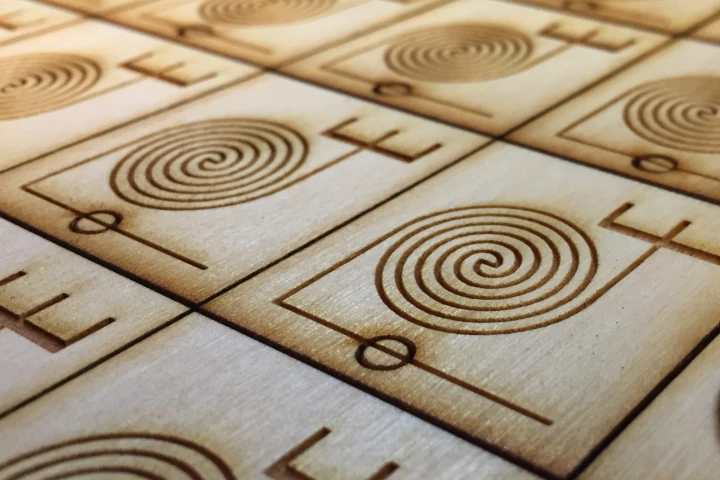University of Maryland
-
Researchers have homed in on a specific brainwave measurement that can predict a person’s pain sensitivity. The research suggests this tool could be used to generate tailored treatment plans for patients based on their individual pain tolerance.
-
A study by the University of Maryland indicates that new offshore wind farms being constructed on the Delaware-Maryland-Virginia coastal shelf could become a stopover spot for migrating Atlantic salmon and striped bass.
-
If the Jurassic Park movies are to be believed, Tyrannosaurus rex spent a lot of time quickly chasing down its prey. According to a new study, though, its legs were probably designed more for endurance than for speed.
-
The Insight lander's primary sensor has pulled in the first ever direct measurements of seismic activity on Mars, which mission scientists can use as window to better understand the planet’s insides and its potential to harbor life.
-
Greenhouse gases like methane and nitrous oxide can be worse than carbon dioxide. Now, a new study has found that we’re releasing more N2O into the atmosphere than we thought, which may weaken our already-strained efforts to combat climate change.
-
Astronomers have spotted an event that was thought to happen over millennia play out in a matter of months, as a usually-quiet galaxy suddenly fired up into an energetic quasar – and not just once, but in six different cases.
-
A bright explosion in the sky in 2016 has now been identified as a kilonova, where two neutron stars collide and create gold.
-
Microfluidic chips are typically made out of plastic, but scientists are now taking a more eco-friendly approach, using wood.
-
A team at the University of Maryland are developing a more accurate version of the Lunar Laser Ranging experiment that was left behind by Apollo 11, 14, and 15 between 1969 and 1971 that allows scientists to measure the distance from the Earth to the Moon extreme accuracy.
-
Using regular aircraft to transport organs usually works OK, but problems can arise when flights are delayed, or when planes can't land in remote areas. That's where drones could make a difference – and in an April 19th exercise, one was used to deliver a kidney for a human recipient.
-
For some time now, we've been hearing about implantable scaffolding-like material that helps heal injuries to bones. Scientists have now developed a new type of that material, aimed specifically at difficult-to-treat osteochondral injuries.
-
Researchers have identified at least four species of marine worms that have independently evolved the ability to regrow their heads and brains, despite sharing a common ancestor that couldn’t. The discovery could help scientists understand the traits that allow animals to regrow lost limbs.
Load More











